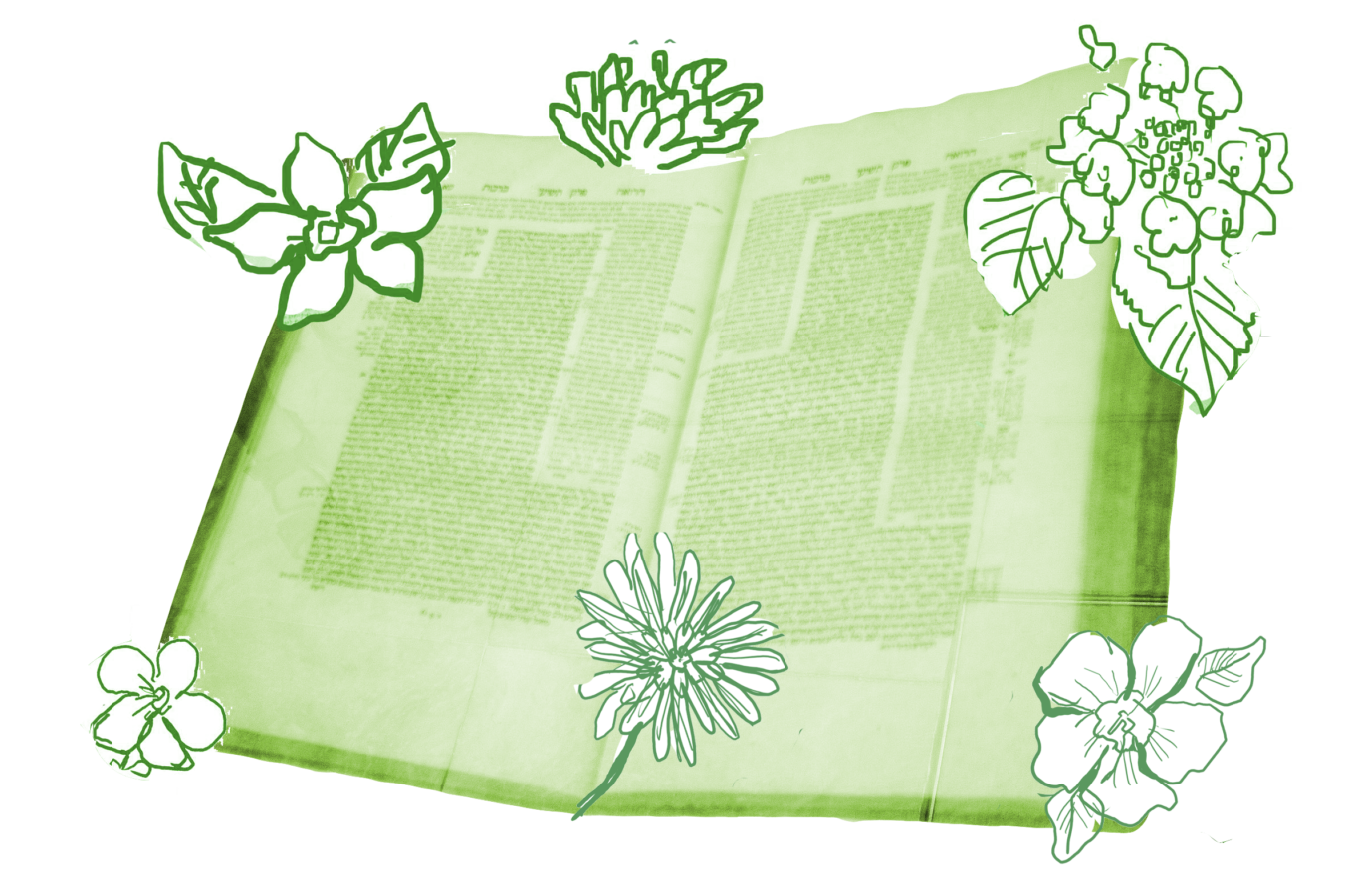As someone with a common name, I am sometimes confused with other Heather Millers. I don’t mind this, generally. In fact, I see that there is another currently in rabbinical school, and I can’t wait for the day when there are two Rabbis Heather Miller in the world! Having a name similar to someone else can be problematic though. It can be tough to find that perfect email address, and I definitely don’t want to pick up the wrong prescription at the pharmacy.
On today’s daf, we learn of a case of mistaken identity — when a sage is confused with his brother who has the same surname — and he definitely minds.
It begins in the midst of a strong disagreement between Beit Hillel and Beit Shammai over the question of permitting the co-wife of a daughter for yibbum. If the new widow is the daughter of the dead husband’s brother, she is obviously prohibited, but should the prohibition extend to her co-wife (not his daughter)? Beit Hillel rule the co-wife of a daughter is prohibited for yibbum, but Beit Shammai permit it. And then we learn this:
In the time of Rabbi Dosa ben Harkinas, the sages permitted the co-wife of a daughter.
In the days of Rabbi Dosa ben Harkinas, it appears, the sages surprisingly ruled like Shammai and not Hillel (who nearly always wins these disagreements).
In the next generation, this custom made little sense to most rabbis who subscribed to the school of Hillel. What do you do when it seems the source of a perplexing ruling comes from a great and revered and wise sage? You go and ask him about it. So Rabbis Yehoshua, Elazar ben Azarya and Akiva — all sages of the next generation — together visit an aging Rabbi Dosa ben Harkinas to inquire about this ruling.
Rabbi Dosa seats his visitors on golden beds because he is not only wise but also very wealthy. After small talk, blessings and other halakhic inquiries, they come to the subject at hand:
They said to him: What is the halakhah with regard to the co-wife of a daughter?
He said: It’s a dispute between Beit Shammai and Beit Hillel.
This comes as a surprise. The assembled rabbis of the next generation had expected ben Harkinas to rule in accordance with Beit Shammai, since they had a tradition that in his day that is how it was done. Instead, he merely reiterated the dispute between the schools. So they follow up with a more direct question:
According to whose statement is the halakhah?
He said to them: The halakhah is in accordance with Beit Hillel.
This is even more surprising. After all, the sages at the time were permitting the co-wife of a daughter in accordance with Shammai. And, they had thought he approved of this practice. Seeking to clarify:
They said to him: But didn’t they say in your name that the halakhah is in accordance with the opinion of Beit Shammai?
He said to them: Did you hear that Dosa ben Harkinas issued this ruling, or did you hear that it was stated by ben Harkinas?
They said to him: On your life, rabbi, we heard simply ben Harkinas.
You can probably guess where this is going. Rabbi Dosa ben Harkinas follows up and confirms the case of mistaken identity:
He said to them: If so, it is no wonder, as I have a younger brother who is the firstborn of Satan and his name is Yonatan, and he is among the disciples of Shammai.
Mystery is solved: Rabbi Dosa ben Harkinas is a staunch Hillelite, but it doesn’t run in the family. His brother, with whom he vehemently disagrees, subscribes to the rulings of Shammai. It is Yonatan ben Harkinas who promoted the position of Shammai, but somehow the tradition ascribed the view to his brother Rabbi Dosa.
If it seems extreme that Rabbi Dosa becomes so angry he refers to his brother Yonatan with a nasty epithet, consider the cost of this error: An entire generation performed levirate marriages that, according to him, were forbidden — creating, in the process, children who were mamzerim, a kind of innocent outcast that suffers mightily through no fault of their own. And since mamzerut is inherited, the problem extends well beyond the original victims. The mess that this mix-up creates is enough to make Rabbi Dosa furious with the brother who would promote that opinion, even if it was only an accident that the teaching gets attached to his younger brother.
As a final matter, the three younger rabbis leave to confront Yonatan ben Harkinas about the mixup. Rabbi Akiva encounters him and successfully withstands his arguments in favor of Beit Shammai. And so the matter is settled for future generations. But that doesn’t “fix” the problems of the mamzerim conceived in the time of Rabbi Dosa and his brother Yonatan, and the incident remains a poignant object lesson in properly citing one’s sources.
May we all merit to have a good name — and be correctly identified.
Read all of Yevamot 16 on Sefaria.
This piece originally appeared in a My Jewish Learning Daf Yomi email newsletter sent on March 23rd, 2022. If you are interested in receiving the newsletter, sign up here.



